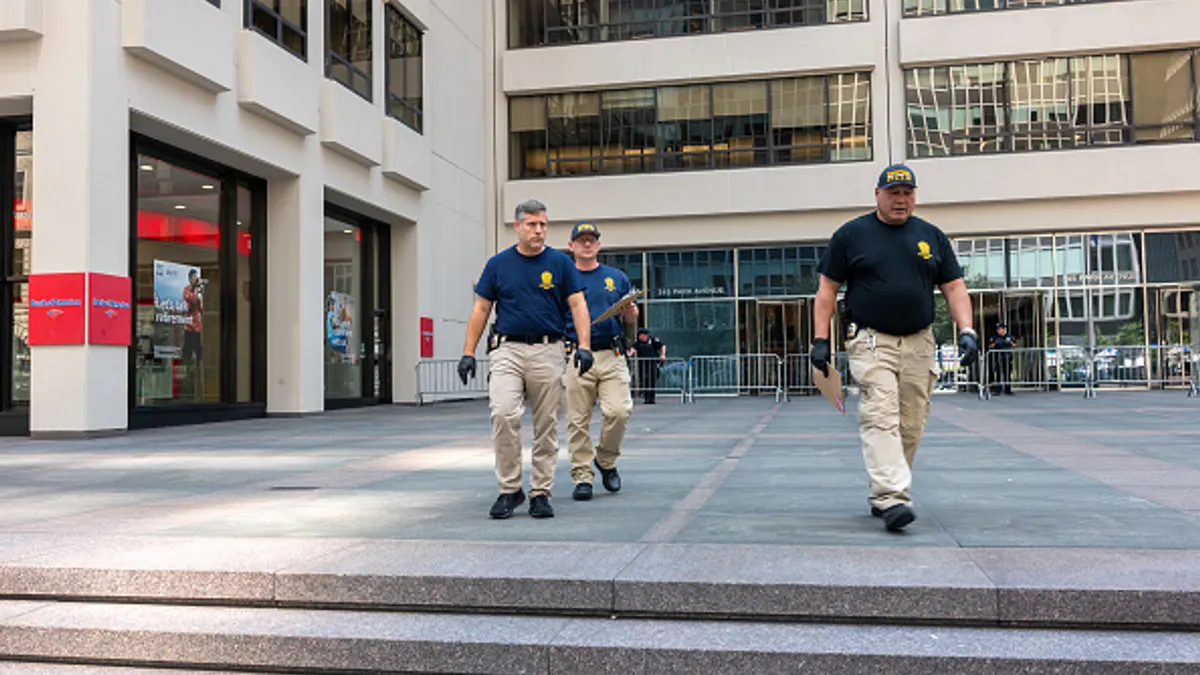Vacancy rates in the U.S. life sciences sector reached a new high in September, leading to further softening in asking rents and concessions, according to a recent report by Cushman & Wakefield. Concessions like free rent, fixtures, furniture, equipment, audio-visual technology allowances and turnkey tenant improvements are the new normal, the firm says.
The U.S. vacancy rate in the sector rose to 23.9% in the second quarter, rising 70 basis points quarter-over-quarter and up 520 basis points from a year ago, Cushman & Wakefield says. The market has been struggling with soft demand and a wave of vacant new construction completions, the report says.
The construction pipeline, which has been contracting as well, accounts for 3% of inventory, with 63% of the space under construction already pre-leased. The trend signals a shift from speculative to build-to-suit construction in the industry, the firm says.
Rent growth for lab and best-in-class manufacturing space, known as Current Good Manufacturing Practice, or cGMP, continues to slow down, with asking rents growing an average of 0.7% from the end of 2024 across 16 major markets examined by Cushman & Wakefield. Rents remain 4.7% higher than at the end of 2023, the firm says.
The slowdown is more pronounced in the broader U.S., where asking rents fell 3.3% year over year to $67.88 per square foot. Of the five U.S. markets with rent declines, five posted minimal drops of 0.3% of less. Rents softened more in some key markets, like Boston (-1.3%), San Francisco Bay Area (-2.1%), Raleigh-Durham (-4.9%) and New Jersey (-5.3%).
While most markets have seen rents decline since the end of 2024, there has been growth in some major markets, like Los Angeles-Orange (4.5%), Chicago (1.6%) and San Diego (0.6%).
Vacant sublease space, which is typically priced lower than direct available space, has contributed to lower average asking rents. Vacant sublease space increased 10 basis points in the quarter to 4.0%. But as sublease availability decreases, its impact will lessen, Cushman & Wakefield says.
Improvement expected
Due to a slowdown in construction, which sits at its lowest level of activity since 2019 at just under 8 million square feet, the market should have more time to absorb the vacant space delivered over the past two years. “This will help to normalize high vacancy rates in some markets over the longer term,” Cushman & Wakefield says.
Although asking rents are expected to further soften this year, the trend isn’t expected to persist long-term, according to the report. The softening “should ebb as uncertainty subsides,” the firm says.
Even with the softening, rents in the sector “still command a premium over office rents,” says the firm, noting that life sciences rents were 31% higher than office rents in the 12 U.S. markets it tracks. This premium is even more pronounced in Boston (75%) and San Diego (70%).










